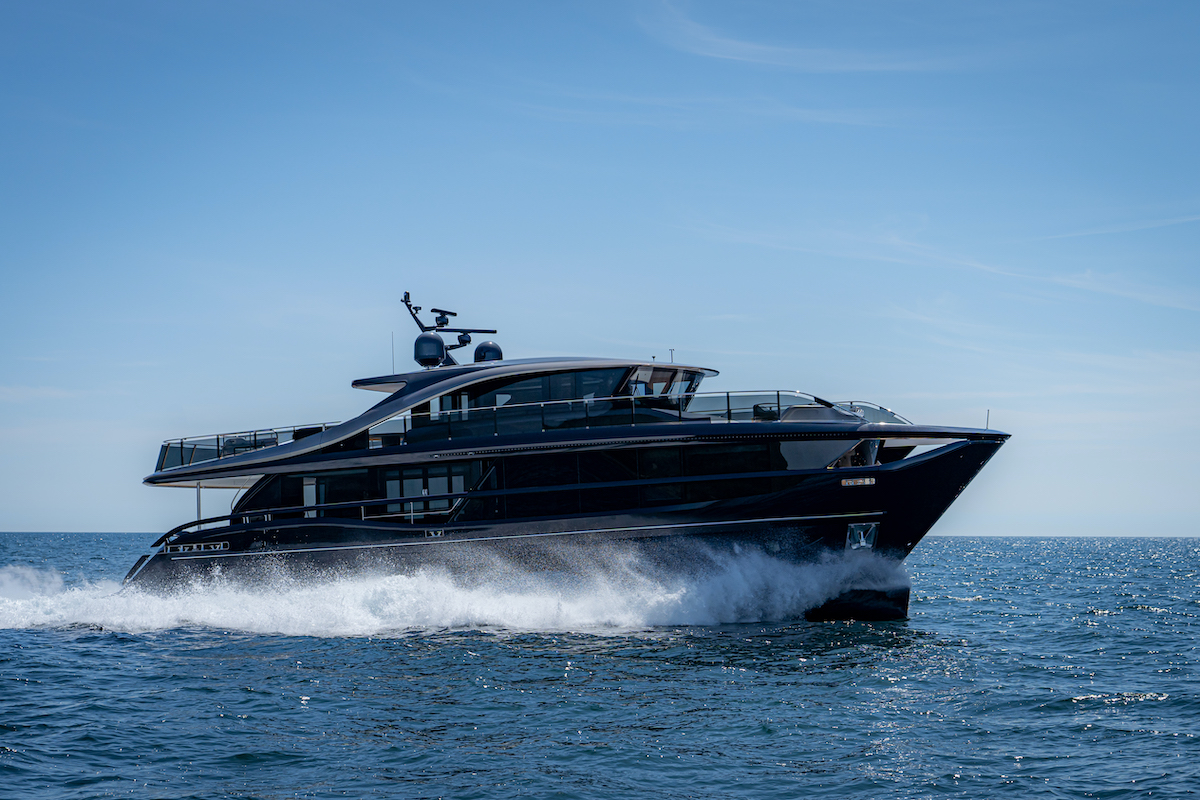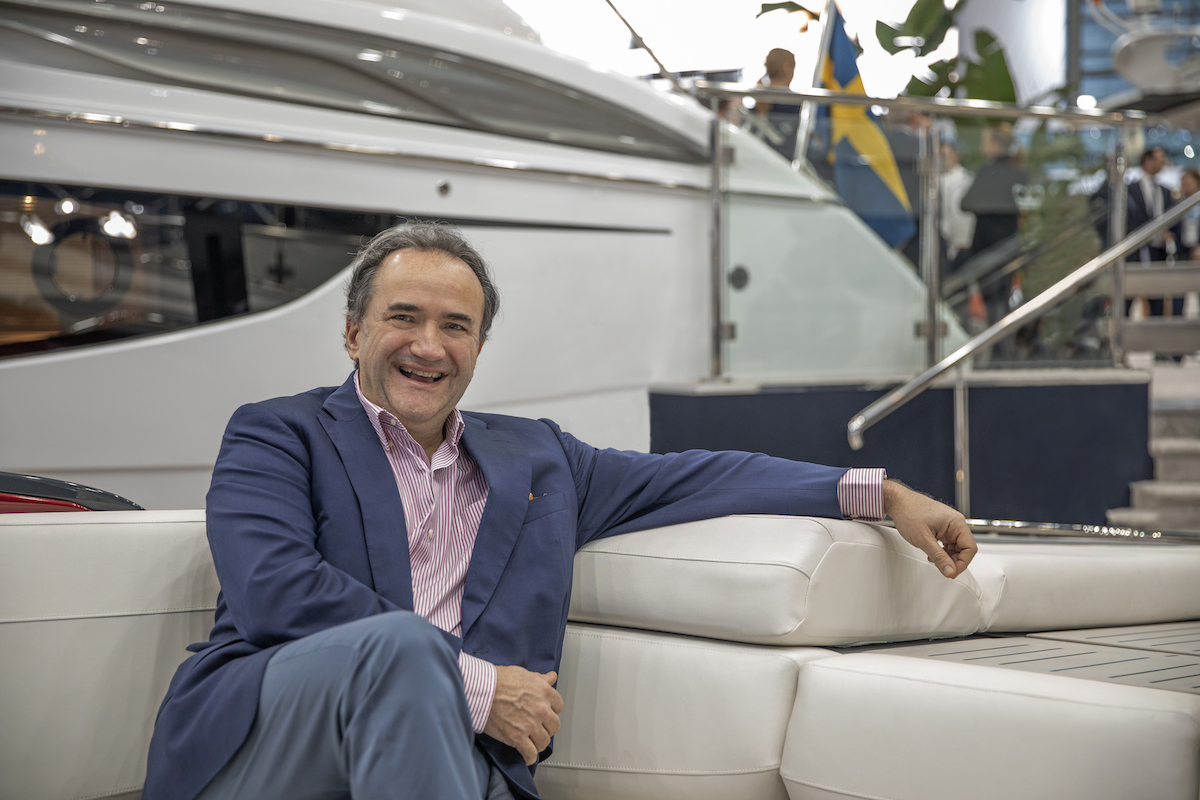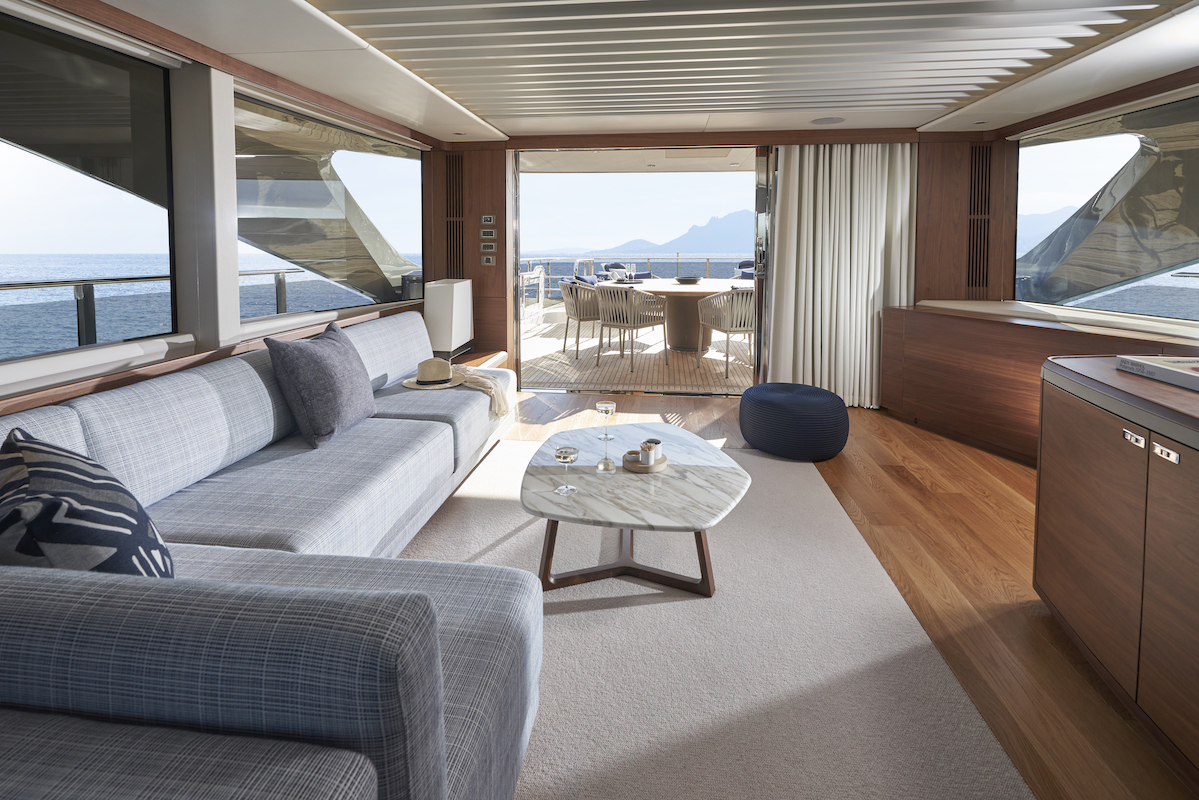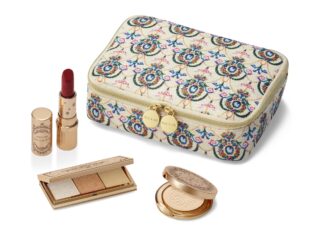This website uses cookies so that we can provide you with the best user experience possible. Cookie information is stored in your browser and performs functions such as recognising you when you return to our website and helping our team to understand which sections of the website you find most interesting and useful.
Princess Yachts CEO Antony Sheriff tells Tempus why he is determined to drive innovation throughout the yachting industry
By Harry Malmstrom | 28 September 2020 | Cars & Yachts
The Plymouth-based yacht brand is making waves with its architectural impressive X95 ‘Superfly’

With decades of experience in the automotive industry – most notably serving as MD for McLaren – it is little wonder that Princess Yachts CEO Antony Sheriff is considered a driving force in the world of superyachts. Based in Plymouth, Princess Yachts boasts a unique approach to hand-building ships for a new, greener generation of enthusiasts. Cutting edge architectural design meets age-old craftsmanship passed down through generations, and technological mod-cons meet eco-friendly material for a guilt-free luxury.
Currently undergoing sea trials is the brand’s newest flybridge, the 29.1m X95 ‘Superfly’. Dubbed the “luxury SUV of the seas”, the X95 was designed and created in collaboration with Italian designers Pininfarina SpA and British naval architect Olesinski.
The launch is a continuation of the company’s five-year £100m investment programme, which is designed to support innovation in design, production and quality – as well as expert recruitment and training – and has seen eight new yachts launched in 2018, and six more in 2019. The first model from Princess’ new X-class has rewritten the rules of yacht design, maximising indoor and outdoor space and introducing a new extended hull that creates between 10-12% more fuel efficiency, depending on speed.
Here, Sheriff talks cutting-edge technology, keeping traditional craftmanship alive, and why the superyacht world must get on board when it comes to protecting the oceans.
What was your approach when designing the new X95 ‘Superfly’?
We’re trying to keep the ethos of Princess but also push forward in technology and design at a rapid rate. When you look at a generational change, it’s pretty astonishing. For instance, the X95 is the sister of the X80: you can see we kept an ethos of proportion in comparison, but in terms of the design evolution, it looks maybe two or three generations further forward in just six years. But we also wanted to put something of substance into this evolution, so when we were designing the X95, we focused on architectural differences.
Tell us about some of the new features?
We’ve extended the length of the bulbous hull to be very long for the size of the boat, which makes it much more efficient. It’s actually about 15% more efficient through the water than the 35M, which is a huge step forward. The architectural changes allow us to make the accommodation very spacious – the main deck area is twice the length of a typical flybridge, while there’s the same area below deck, more lounge space and more flybridge space. It’s really a 35m boat hiding in the footprint of a 30m. >>
Take a look at the green machines changing the face of yachting

How does Princess Yachts compare to others in the industry?
We like to think we make very intelligent boats but with an element of grace, elegance and class. We emphasise classic proportions and forms, but a bit more modern.
You emphasise the efficiency of the hull. Why is this so important?
The yachting industry has completely ignored the importance of fuel efficiency. To be fair, it’s not often on the top of a customer’s list when buying a yacht, but we’re determined to make our hull forms more efficient. This means that, as well as customers seeing lower fuel bills and longer range, we’ll be doing our part for the environment as well.
Is hull efficiency linked to more sustainable engine technology?
It is. I’m a very big believer in electrification – I sit on the board of three electric car companies – and we’re working with our engine partners but, when it comes to boats, we shouldn’t be focusing on the technology alone. The industry needs to be more holistic. We can talk about alternative fuels and electrification but, in the meantime, we can immediately make more of the opportunities to push the boat through water using less fuel. And you do that by working on the hull form. If you were to tell a car company that they could change the shape by a tiny fraction and get between 10-12% fuel savings – with considerably more at slower speeds – that would mean they were saving literally hundreds of millions. It’s a very innovative approach, and we’ll be putting that into all of our fleet, like the X95.
Could you tell us about your partnership with the Marine Conservation Society?
We support them in a number of initiatives, including the conservation of the Eddystone Reef off the coast of Plymouth and putting together local eco berths, which is being expanded through the UK. We’re quite outspoken about the work we do with the Society; it’s important to raise the flag for our customers. After all, they want to be on the water because it’s beautiful, so it’s in our interest to keep the water beautiful. It might sound a little bit self-serving, but it’s in a very constructive way. There’s plenty more we’d love to be doing on this front, and so are always looking for new initiatives. >>
Tempus takes the wheel of Princess Yachts' groundbreaking performance sports yacht, the R35

Is the yachting industry as a whole doing enough for ocean conservation?
I do think that it would be beneficial for the industry to get together as a group and say, how can we do more? How can we supercharge this cause? We don’t have a coordinated approach right now. I won’t name any names, but we approached one organisation with an idea and the response came back that they couldn’t – because one of our competitors didn’t want us to be involved with that organisation. I thought that was extraordinarily small minded. We don’t view conservation as being a competitive issue; it’s about our foundation. We’d be delighted if our competitors wanted to join us in supporting the Marine Conservation Society.
You have also committed to using more sustainable or ecological materials.
We have. One material I’ve come across recently has a particular resonance – it’s a company that makes carpeting using reclaimed plastic from the ocean. That’s perfect. To be able to use a material in our yachts that is made by repurposing plastic from the ocean is beautifully circular. We should be supporting these initiatives – and if it costs a bit more, that doesn’t matter. It’s the right thing to be doing. Part of our business is selling dreams: we’re selling a story. If we can do something worthwhile while we do that, it’s a perfect solution.
Why is traditional craftsmanship so important to Princess?
Our products are truly handmade. When you open a brochure for Ferrari or Bentley you often see pictures of old people chipping wood and sewing leather. Most of that’s for show now, because the production is very industrial. But everything we do at Princess is based on craftsmanship; we make everything by hand. It’s key for us to retain those skills. We have a very active apprenticeship programme so our employees can pass on their skills to the next generation. I’m proud to say that we kept the learning programmes going even during lockdown, and conducted Zoom interviews for new apprentices. That’s very much part and parcel of what we do, and that’s not going to change.







